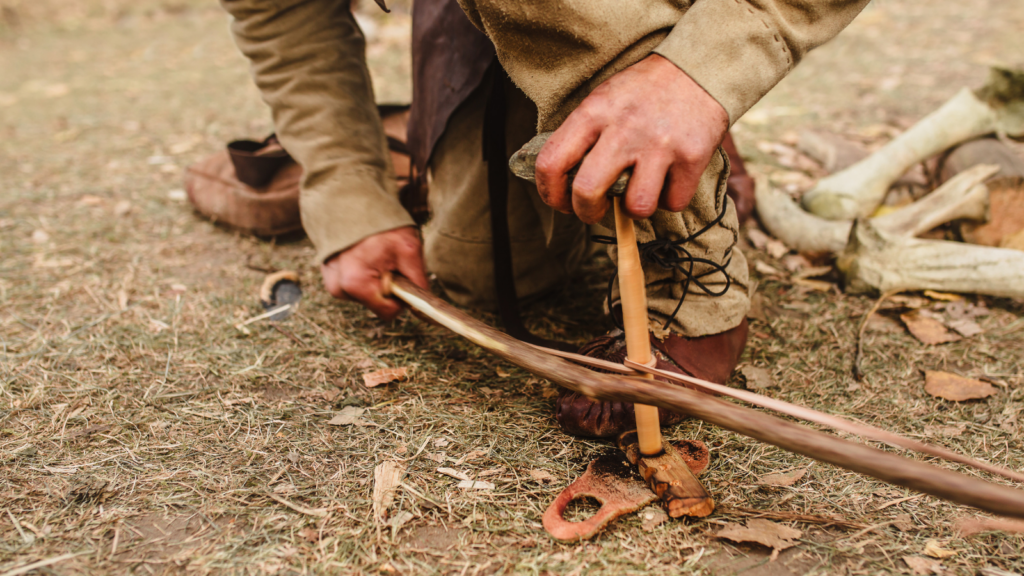When you’re out in the wild, it’s not just about the beauty of nature. It’s also about survival. This article delves into the critical wilderness survival skills everyone should know. Whether you’re a seasoned adventurer or a novice explorer, these skills can make the difference between life and death.
Wilderness Survival Skills
Preparation holds the key to survival, especially in the harsh confines of the wild. Emergencies effectuate without prior warning. One might find himself lost, injured, or stranded. Having reliable survival skills reverses the odds, turning potential catastrophes into manageable predicaments. It empowers an individual, allowing him to withstand circumstances that might befall him.
Basic Skills Overview

Wilderness survival skills serve as the bridge between man and nature’s ruthless elements. Every skill fosters self-reliance, enhancing an individual’s chances of surviving harsh conditions. Basic survival skills include:
- Navigation: Navigating one’s way through uncharted terrains is crucial. Knowledge of using a compass or the celestial bodies can guide one to safety.
- Shelter Building: Building a robust and insulated shelter protects an individual from extreme weather conditions.
- Locating Water: Identifying fresh water sources can sustain life. Knowledge about purifying methods, such as boiling or distillation, assures safe consumption.
- Food Procurement: Tracking animals, identifying edible plants, and fishing are skills that ensure sustained nourishment.
- Fire Creation: A skill that provides heat, wards off animals, and allows for food preparation.
Building a Shelter
A key component in wilderness survival involves the construction of a satisfactory shelter. First, select a shelter location that is both dry and relatively flat. It’s desirable to have it near a water source, but away from potential hazards such as falling rocks or rising water levels. Next, gather materials, like branches and leaves, available in the vicinity.
Finding and Purifying Water & Edible Plants and Insects

Water procurement and purification forms another vital part of surviving in the wild. Walking downhill often leads to water sources such as rivers or lakes. Once found, it’s crucial to purify water before consumption, avoiding illness.
Recognizing the diversity of sustenance in the wilderness can greatly increase survival chances. Certain plants, such as cattails, dandelions, and nettles, offer ready meals. Similarly, several insects, including crickets and grasshoppers, also serve as nutritious, if unconventional, food sources.
Advanced Survival Techniques
Traversing the wild without a compass seems daunting, but it’s not a death sentence. By studying the sun’s path, which, in general, rises in the East and sets in the West, one can identify a rudimentary sense of direction. Using the stick and shadow method provides more precision. Place a stick upright in the ground and mark where the tip of the shadow lands. Wait 15 minutes and mark the shadow tip again. The line between these two points runs approximately from East to West.
Trapping and Hunting for Food

While foraging provides sustenance, trapping and hunting bring protein-rich meals, key for maintaining strength. Knowledge of animal behavior patterns is crucial, as traps are more effective when placed in a path of movement. For instance, rabbits usually follow the same paths, so setting snares along those routes increases success rates. Besides, building pitfall traps for larger animals requires more effort but yields higher rewards. Prey caught in the trap grants survivalists the necessary protein ration to endure. Hunting, although exhausting, is a viable option.
Understanding Advanced Techniques
Mastering wilderness survival skills is vital for anyone venturing into the great outdoors. It’s not just about knowing how to find food and water or build a shelter. It’s also about advanced techniques like navigating without a compass and trapping for food. But knowledge alone isn’t enough. You’ve got to be prepared. A well-stocked survival kit is your best friend in the wilderness. It should contain everything from a first aid kit to a water purifying system and a fire-starting kit.

